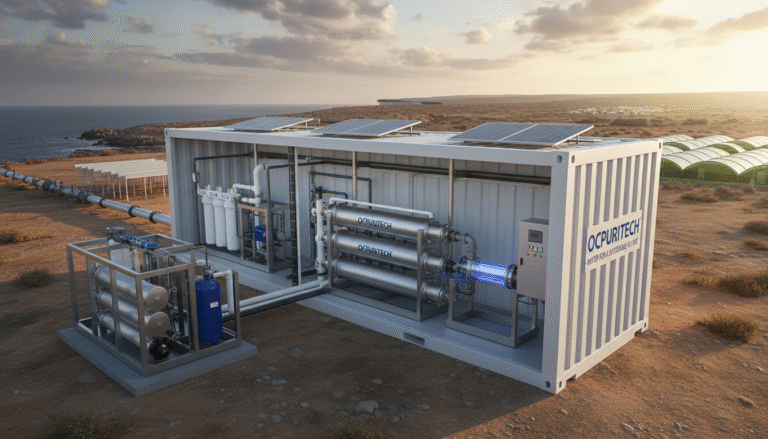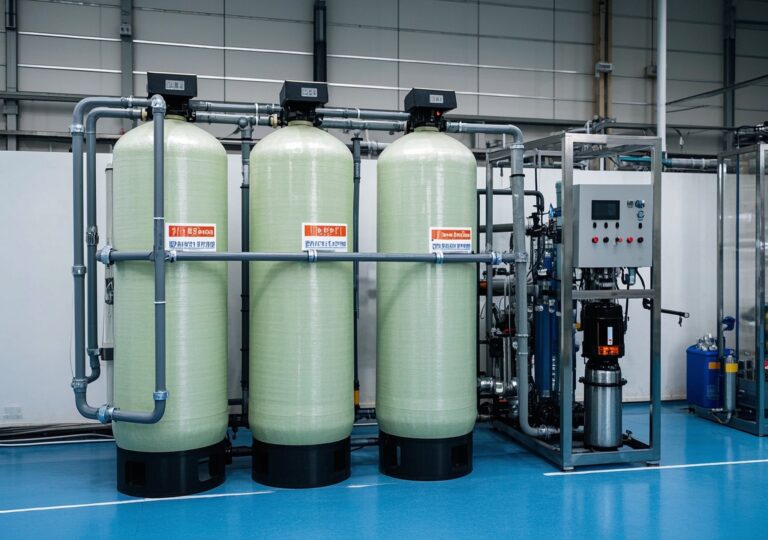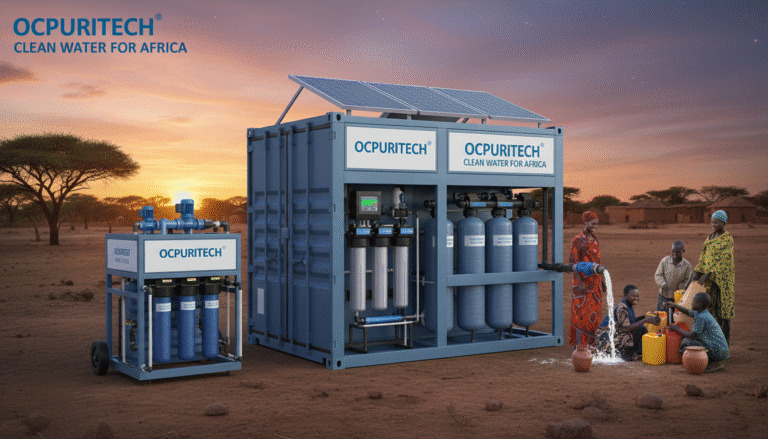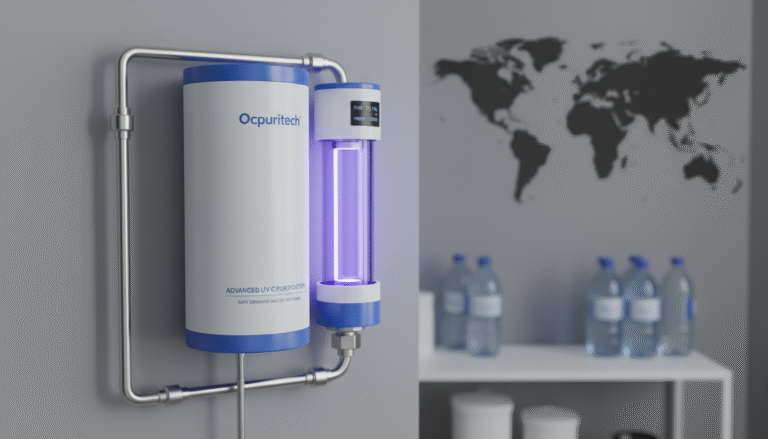Transforming Water Treatment with a Reliable Membrane Ultrafiltration System: A Review
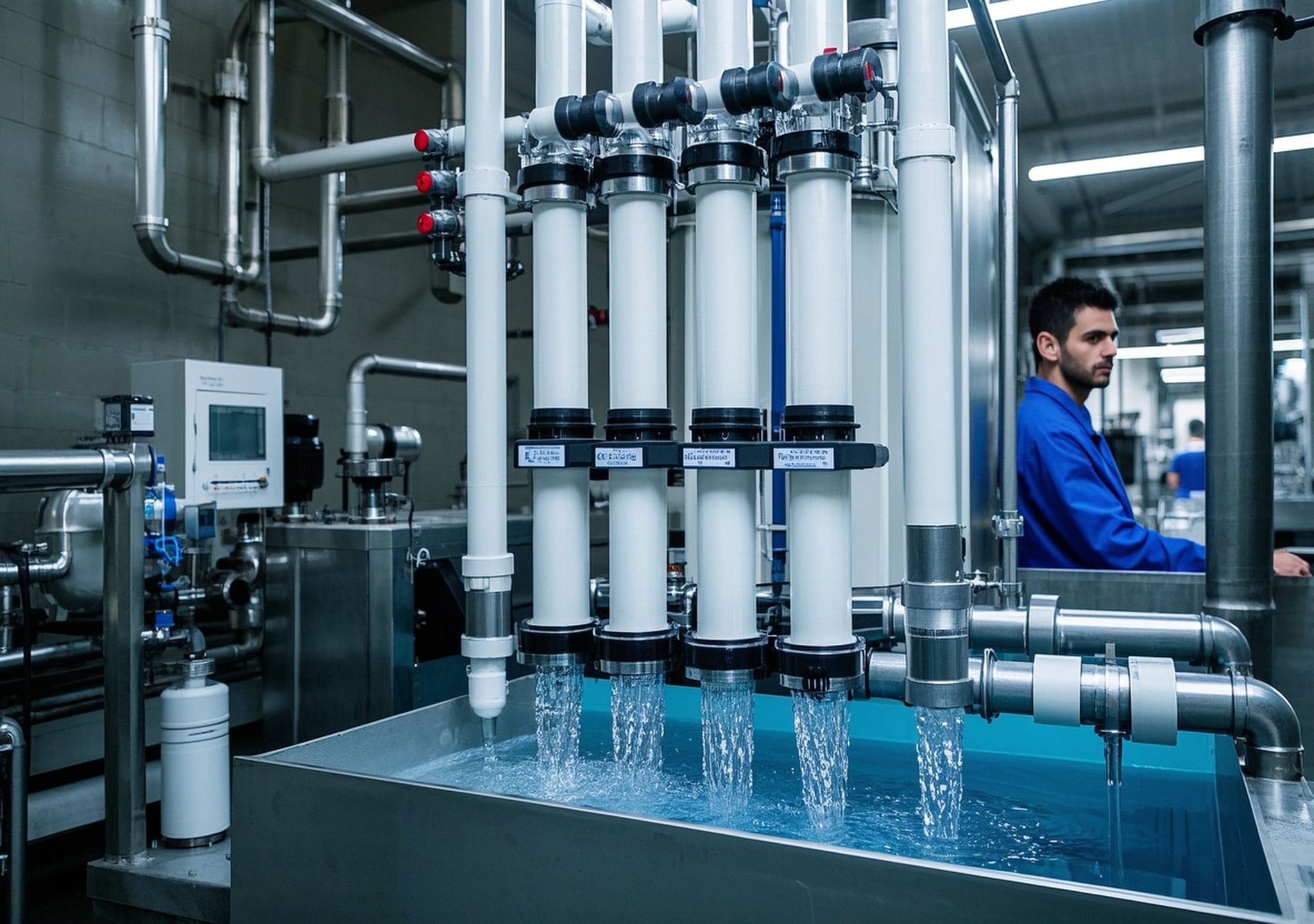
Transforming Water Treatment with a Reliable Membrane Ultrafiltration System: A Review
1. Overview of Reliable Membrane Ultrafiltration Systems
Membrane ultrafiltration systems are advanced water treatment solutions that utilize semi-permeable membranes to separate suspended solids, colloids, bacteria, and viruses from feed water. Their filtration pore sizes usually range between 0.01 to 0.1 microns, enabling effective removal of contaminants while retaining essential minerals. This technology finds broad applications across industries such as mining, food and beverage processing, pharmaceuticals, cosmetics manufacturing, laboratories, and municipal water treatment.
These systems cater to diverse water sources—including ultrapure water, boiler feedwater, well water, river water, groundwater, and municipal supplies—offering tailored filtration performance to meet strict quality demands. Key sectors leverage ultrafiltration to treat wastewater, provide potable-grade water, or prepare feedwater for downstream processes like reverse osmosis or ion exchange.
2. Technical Principles and Key Components
At the heart of a reliable membrane ultrafiltration system lies the membrane module itself, typically constructed from durable materials such as ceramic or polymeric compounds. The system operates on a pressure-driven filtration principle where feed water is pumped across the membrane surface, allowing water and low-molecular-weight solutes to pass while rejecting higher molecular weight contaminants.
Among membrane types, ceramic ultrafiltration membranes are increasingly favored in rigorous industrial environments for their superior mechanical strength, chemical resistance, and thermal stability. These membranes sustain high operating pressures and temperatures, enabling operation under challenging conditions that would degrade polymeric membranes.
Automatic control units constitute another key system aspect, managing parameters such as feed pressure, flow rates, backwash cycles, and cleaning protocols. These controls enhance operational stability, reduce membrane fouling, and extend membrane lifespan.
Additional components often include pre-filtration units, dosing systems for cleaning agents, and instrumentation for real-time water quality monitoring, enabling proactive maintenance and optimized performance.
3. Price Analysis
Investing in a reliable membrane ultrafiltration system involves multiple cost elements:
- Base System Cost: Includes membrane modules, pressure vessels, pumps, and control panels.
- Ancillary Modules: Such as pre-treatment filters, chemical dosing units, and instrumentation packages.
- Installation and Commissioning: Site-specific adaptation, piping, electrical works, and system start-up.
- Operating Expenses: Energy consumption, chemical cleaning, membrane replacement, and routine maintenance.
While initial capital investments, especially for ceramic membrane-based systems, may be higher compared to conventional polymeric membranes, total cost of ownership is often lower due to their longevity (10–15 years), enhanced durability, and decreased downtime. This long-term value proposition improves return on investment by minimizing maintenance costs and maximizing process uptime.
4. Performance Specifications and Quality Assurance
| Specification | Typical Performance | Quality Assurance Measures |
|---|---|---|
| Filtration Pore Size | 0.01 – 0.1 microns | Membrane integrity testing and certification |
| Operating Pressure | 1 – 6 bar (varies by membrane material) | Pressure testing and safety compliance |
| Operating Temperature | Up to 90°C (ceramic membranes) | Thermal resistance validation |
| Material | Ceramic (alumina, zirconia) or polymeric membranes | Raw material traceability and supplier audits |
| Flux Rate | 50 – 150 LMH (liters per square meter per hour) | Performance benchmarking under standard conditions |
Strict quality control includes membrane surface characterization, durability testing under chemical exposure, and full system commissioning checks to ensure compliance with industrial standards.
5. Market and Application Analysis
The demand for reliable membrane ultrafiltration systems is driven by increasing industrial wastewater regulations, water scarcity concerns, and the need for sustainable water management practices. Regions with high industrial activity, such as semiconductor manufacturing hubs and pharmaceutical clusters, often require ultrafiltration technology capable of producing ultrapure water and recycling process wastewater.
In markets with variable water quality—characterized by high turbidity, organic load, or microbial contamination—robust ultrafiltration systems offer resilient performance with reduced chemical consumption. Industries like food and beverage leverage these systems to enhance product safety and comply with stringent hygiene standards.
Furthermore, the growing adoption of zero liquid discharge (ZLD) and water reuse initiatives underscores ultrafiltration’s role in resource recovery and environmental protection.
6. Case Studies: Real-World Applications
Case 1: Pharmaceutical Production Water Recycling
In a mid-sized pharmaceutical facility, implementation of a ceramic membrane ultrafiltration system enabled reliable removal of endotoxins and suspended solids from process wastewater. The system operated continuously at 5 bar and 85°C, delivering a flux rate of 120 LMH. Within 18 months, the plant reported a 35% reduction in fresh water intake, resulting in savings exceeding $120,000 annually. The durability of ceramic membranes minimized downtime, with only two scheduled cleaning cycles per month.
Case 2: Food & Beverage Industry Wastewater Treatment
At a large juice processing plant, polymeric ultrafiltration modules were deployed to pretreat high organic-load wastewater before biological treatment. The system achieved consistent turbidity removal above 98% and maintained flux stability during seasonal variations in feed composition. The client appreciated the automated backwash routines that reduced manual labor by 40%, contributing to operational efficiency.
Case 3: Semiconductor Industry Ultrapure Water Preparation
In a semiconductor manufacturing site, a custom-designed ceramic ultrafiltration installation provided feedwater polishing for ultrapure water systems. The membranes withstood chemical cleaning cycles involving aggressive agents without degradation over 4 years of service. Process engineers confirmed that the system’s high permeability and chemical resistance ensured uninterrupted supply, critical to maintaining product quality and yield.
7. Customization and Support Services
Reliable ultrafiltration systems are often modular and customizable. Depending on feedwater characteristics and end-use requirements, providers offer tailored pre-treatment steps such as multimedia filtration, activated carbon adsorption, or coagulation-flocculation. Post-treatment options include UV disinfection and advanced oxidation processes to further enhance water quality.
Comprehensive service packages cover installation, operator training, scheduled maintenance, and performance audits. Remote monitoring solutions enable predictive maintenance, reducing unexpected failures. These support mechanisms build customer confidence and optimize total lifecycle costs.
8. Manufacturer’s Credentials and Collaboration Benefits
Leading manufacturers prioritize research & development investments, maintain certifications such as ISO 14001 (Environmental Management) and ISO 9001 (Quality Management), and participate in industry consortia to align with evolving standards. They often showcase successful projects through case libraries and client testimonials, illustrating their capability to deliver reliable membrane filtration solutions.
Partnership with experienced producers grants clients access to innovative membrane materials, cutting-edge automation technologies, and responsive support networks — essential for navigating complex water challenges.
9. Conclusion and Investment Recommendations
Choosing a reliable membrane ultrafiltration system represents a strategic investment toward sustainable water management in industrial processes. The superior durability and chemical resilience of ceramic membranes, as supported by market research, provide compelling long-term value despite elevated upfront costs.
From my professional experience, integrating such systems achieves measurable cost savings, operational stability, and regulatory compliance across sectors. When evaluating options, it is vital to consider total cost of ownership, system adaptability to local water conditions, and availability of technical support.
For enterprises aiming to enhance water reuse, reduce environmental impact, and secure process reliability, reliable ultrafiltration technology stands as a cornerstone solution warranting serious consideration.
Source Reference
According to the “Ceramic Membrane Market Size, Share and Forecast, 2025-2032” report by Coherent Market Insights, ceramic ultrafiltration membranes demonstrate outstanding mechanical strength, thermal and chemical stability, and are increasingly adopted for industrial wastewater reuse and zero liquid discharge applications across sectors including semiconductors, pharmaceuticals, and food & beverage. Despite higher initial capital costs, the longer membrane lifespan (10-15 years) and reduced maintenance requirements translate into a lower total cost of ownership, validating their economic advantage and technical reliability.

